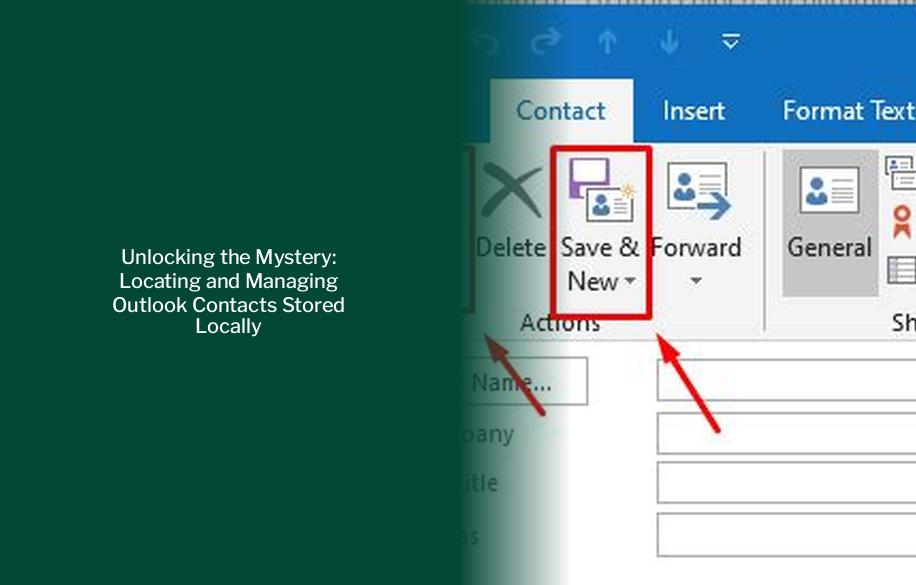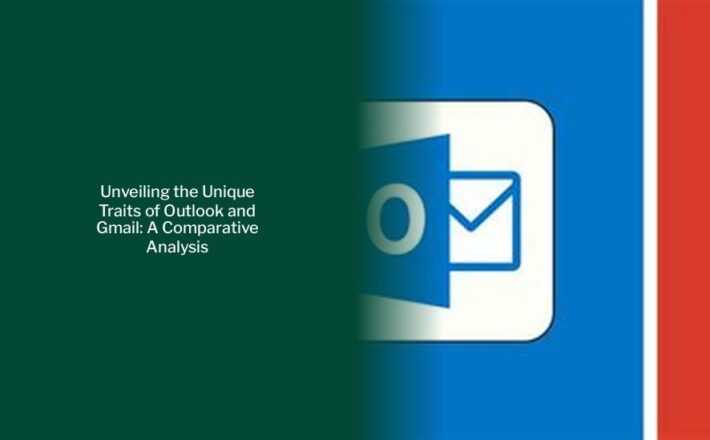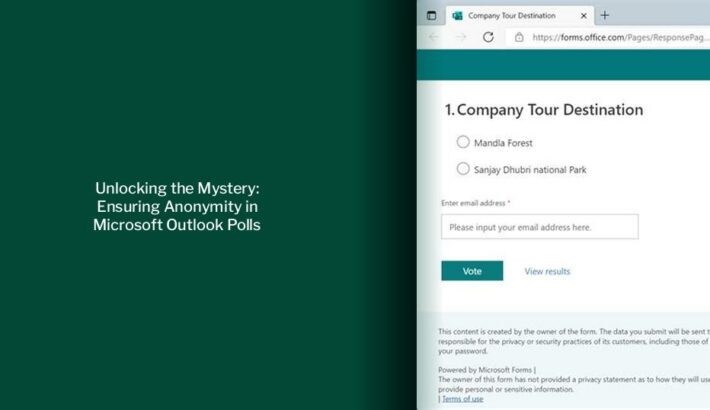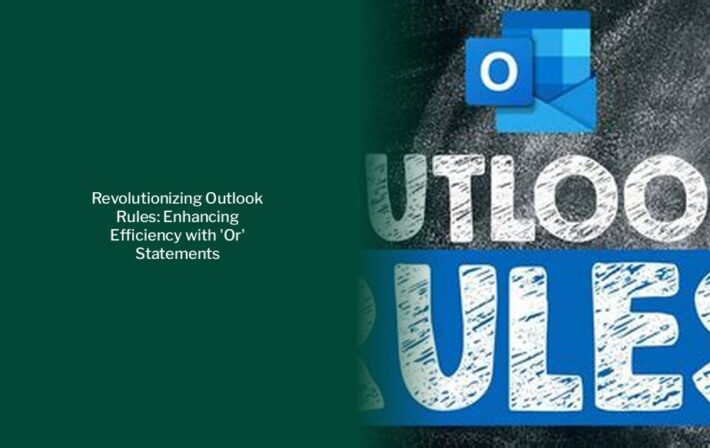Unlocking the Mystery: Locating and Managing Outlook Contacts Stored Locally

Key takeaways :
More updates: Safeguard Your Email: Are Outlook Ads Safe? Unveiling the Truth and Solutions
- Outlook Contacts are stored locally in the Outlook PST file, along with emails and calendar data.
- Contacts can be easily imported from a PST file, with options to overwrite or ignore duplicates.
- Type-aheads like NK2 files and auto-complete files are not Contacts and are not saved in the PST file, but can be retrieved from an old system.
- File locations for Outlook Data Files (.pst and .ost) can be accessed through specific steps in the Outlook interface.
- Contacts in Outlook can be categorized and sorted based on various criteria such as name, company, and city.
- To unhide folders and display file name extensions, specific steps need to be followed in Windows.
Are Outlook Contacts Stored Locally?

The Outlook PST file contains Email, Outlook Contacts, and Calendar, all stored in the PST file for a considerable period. If you possess a PST file, you can easily import Contacts from it, with the option to overwrite or ignore duplicates. It is important to note that Type-aheads (NK2 files and auto-complete files) are not Contacts and are not saved in the PST file. However, they can be retrieved from an old system.
Don’t Miss – Outlook vs Hotmail: Unveiling the Differences in 2023
File Locations

To quickly access the folder where your Outlook Data Files (.pst and .ost) are stored, follow these steps:
- On the side panel, select People.
- Select the contact you wish to add to a new or existing category.
- Select More options, then hover over Categorize.
- Choose either New category or an existing category to add the contact to.
In Outlook, there are options to sort contacts based on various criteria such as first or last name, company, home city, work city, or recently added.
Read : Maximizing Outlook Categories: Ensuring Visibility and Efficiency in Email Communication
- For Windows 10: drive:\Users\<username>\Documents\Outlook Files
- For Windows 11: drive:\Users\<username>\Documents\Outlook Files
- For older Windows versions: drive:\Documents and Settings\\Local Settings\Application Data\Microsoft\Outlook
How to Unhide Folders and File Name Extensions
Some folders may be hidden, and Windows may have file name extensions (such as .pst, .ost, .pab) disabled. To display hidden folders and file name extensions, follow these steps:



